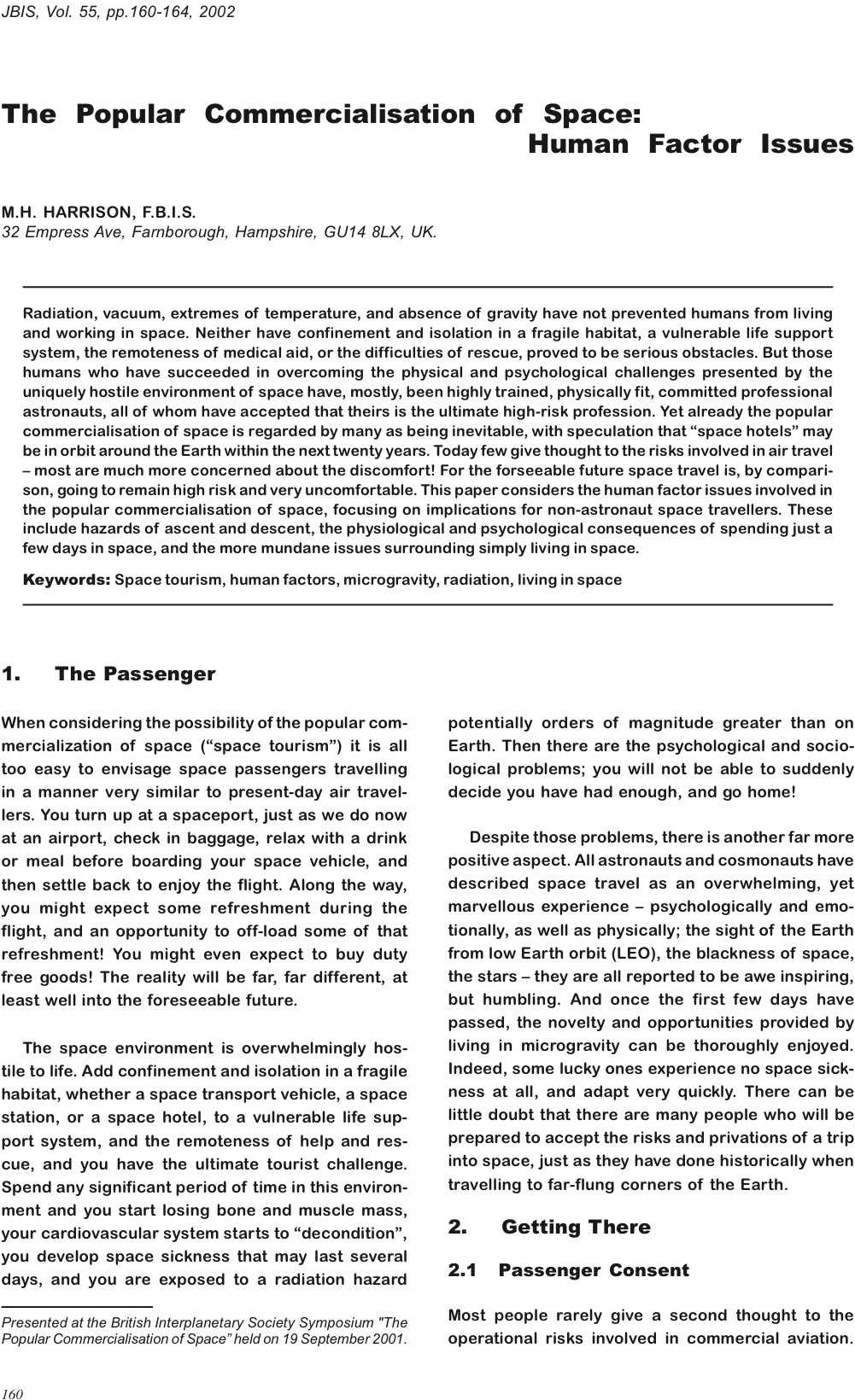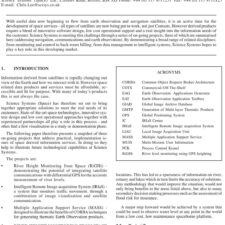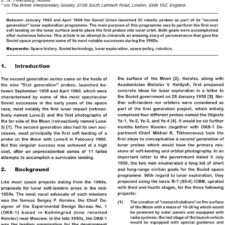The Popular Commercialisation of Space – Human Factor Issues
£5.00
M.H. Harrison (2002), JBIS, 55, 160-164
Refcode: 2002.55.160
Keywords: Space tourism, human factors, microgravity, radiation, living in space
Abstract:
Radiation, vacuum, extremes of temperature, and absence of gravity have not prevented humans from living and working in space. Neither have confinement and isolation in a fragile habitat, a vulnerable life support system, the remoteness of medical aid, or the difficulties of rescue, proved to be serious obstacles. But those humans who have succeeded in overcoming the physical and psychological challenges presented by the uniquely hostile environment of space have, mostly, been highly trained, physically fit, committed professional astronauts, all of whom have accepted that theirs is the ultimate high-risk profession. Yet already the popular commercialisation of space is regarded by many as being inevitable, with speculation that “space hotels” may be in orbit around the Earth within the next twenty years. Today few give thought to the risks involved in air travel – most are much more concerned about the discomfort! For the forseeable future space travel is, by comparison, going to remain high risk and very uncomfortable. This paper considers the human factor issues involved in the popular commercialisation of space, focusing on implications for non-astronaut space travellers. These include hazards of ascent and descent, the physiological and psychological consequences of spending just a few days in space, and the more mundane issues surrounding simply living in space.





